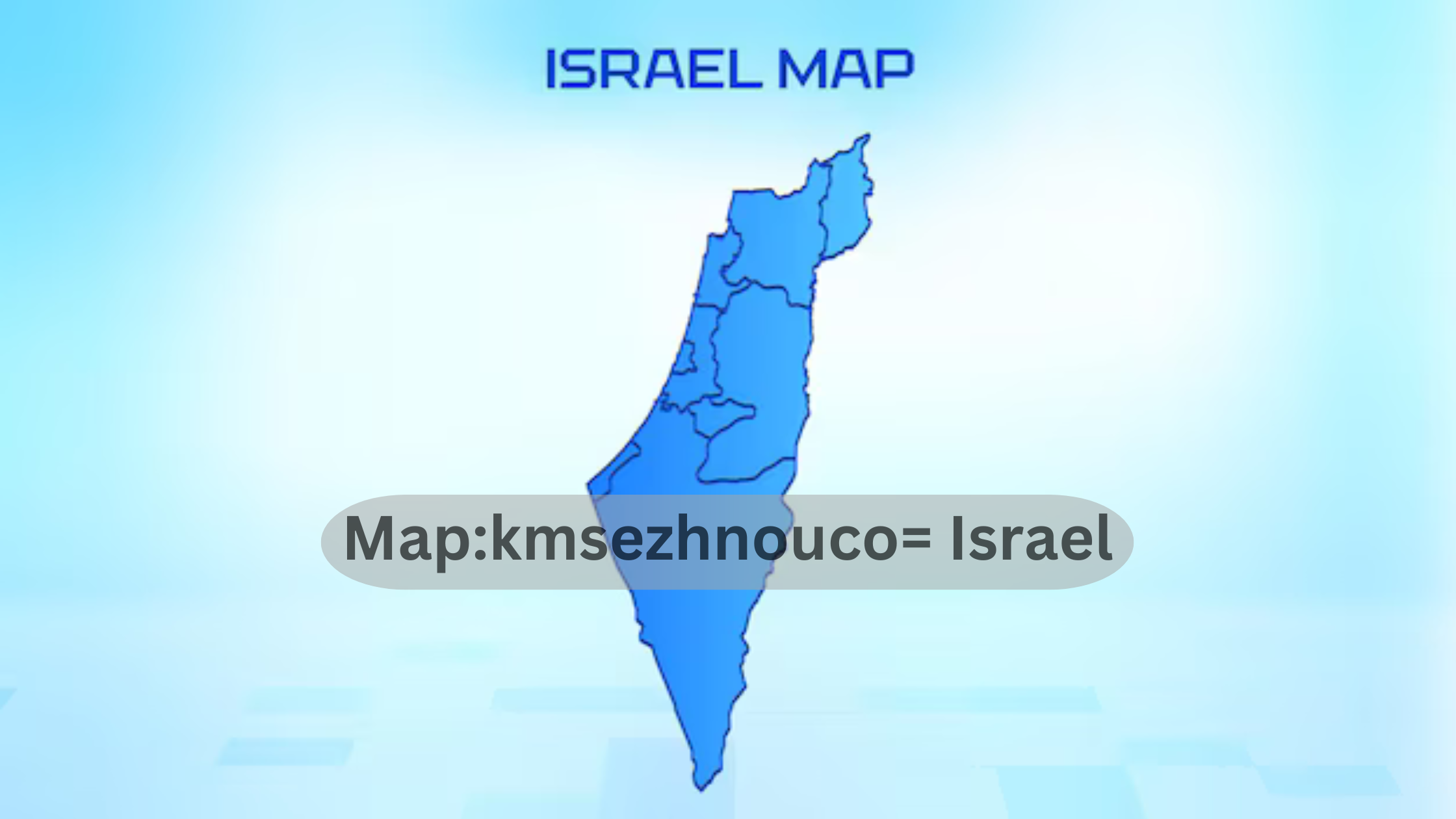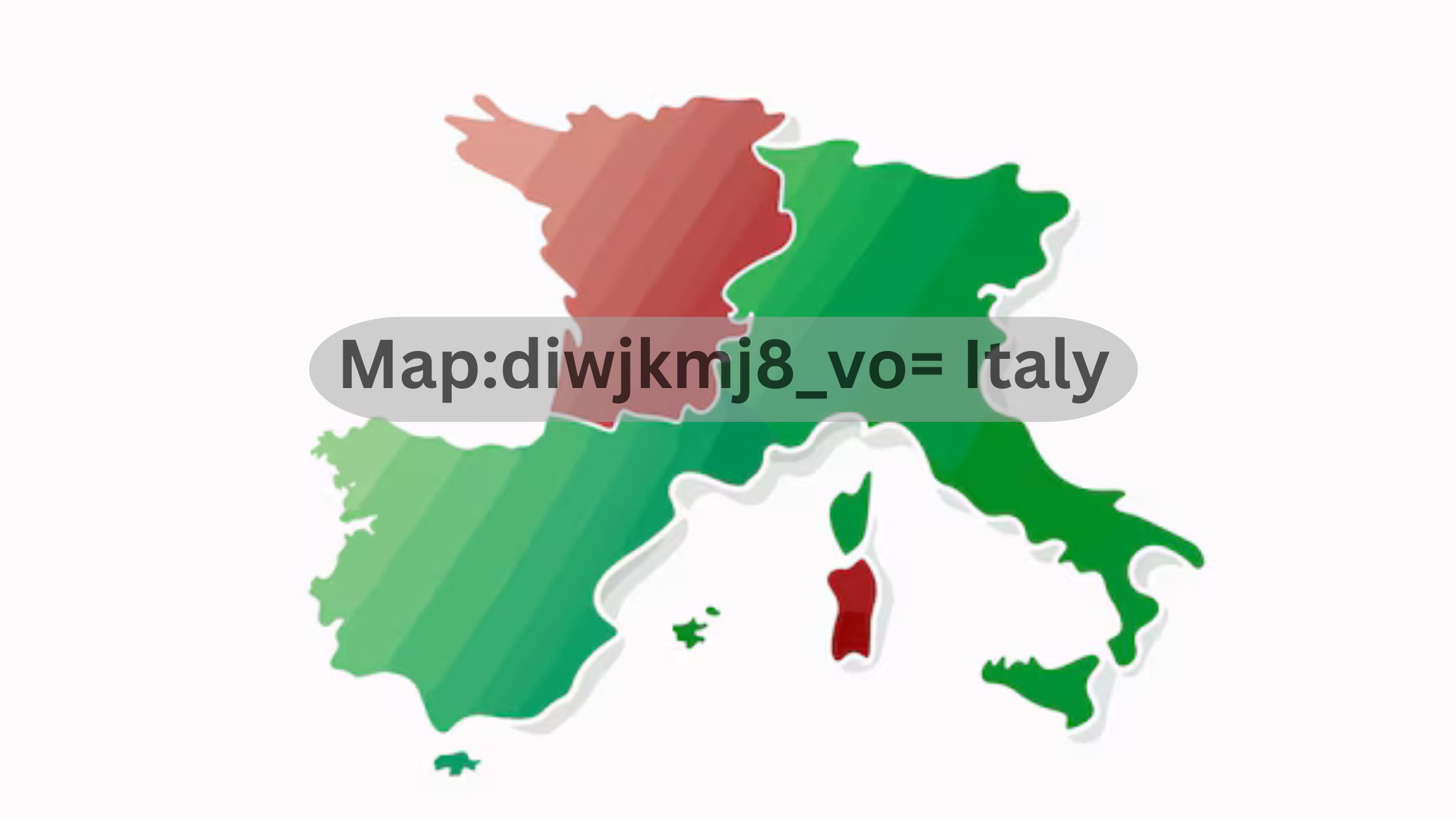Map:kmsezhnouco= Israel is a land steeped in history, culture, and geographical significance. As a small nation located in the Middle East, Israel has long been at the crossroads of civilizations, religions, and historical events. Understanding the map of Israel not only provides insight into its physical terrain but also into its cultural richness and political complexities. In this article, we will delve deep into the geography, key locations, and cultural diversity that make Israel a unique and fascinating country to explore.
The Geographical Landscape of Map:kmsezhnouco= Israel
Map:kmsezhnouco= Israel reveals a diverse geographical landscape, ranging from coastal plains to rugged mountains and deserts. Situated on the eastern shore of the Mediterranean Sea, Israel’s coastline extends for 273 kilometers, making it a hub for trade and tourism.
The geography of Israel is characterized by several regions, each with distinct features. The coastal plain is where the majority of the population resides, while the interior is home to mountain ranges and valleys.
One of the most striking features on the map of Israel is the Jordan Rift Valley, part of the Great Rift Valley that stretches from Syria to Mozambique. This geological depression is home to the Jordan River and the Dead Sea, the lowest point on Earth’s surface. Israel’s southern region, the Negev Desert, comprises about 60% of the country’s land area and is known for its stark, arid beauty.
Cultural Significance Reflected in Map:kmsezhnouco= Israel
Map:kmsezhnouco= Israel also serves as a reflection of the country’s rich cultural tapestry. As the birthplace of three major world religions—Judaism, Christianity, and Islam—Israel holds immense spiritual significance.
Jerusalem, the capital city, is perhaps the most important city in the world for religious pilgrimages, with sites like the Western Wall, the Church of the Holy Sepulchre, and the Dome of the Rock drawing millions of visitors annually.
In addition to religious landmarks, the map of Israel is dotted with vibrant cities like Tel Aviv, Haifa, and Eilat, each offering a unique blend of modernity and tradition. Tel Aviv, often referred to as Israel’s “nonstop city,” is known for its cosmopolitan lifestyle, nightlife, and business district.
Meanwhile, the ancient port city of Haifa is famous for the Bahá’í Gardens and its multicultural population, while Eilat is a popular resort destination on the Red Sea.
Political Borders and the Complexity of Map:kmsezhnouco= Israel
Map:kmsezhnouco= Israel is also a subject of political discussion, especially when it comes to the delineation of borders. Israel shares borders with Lebanon to the north, Syria to the northeast, Jordan to the east, and Egypt to the southwest.
The West Bank and Gaza Strip, areas of significant geopolitical contention, are located within the modern boundaries of Israel. The status of these territories is a core issue in the Israeli-Palestinian conflict, and the borders depicted on maps can vary depending on political perspectives.
The map of Israel shows the complexities of defining statehood in the context of an ongoing conflict. Internationally, maps may depict different versions of the region’s borders, with some showing Israel’s 1967 borders and others including territories occupied after the Six-Day War. The political map of Israel is an ever-evolving subject, reflecting changes in diplomatic relations and peace efforts.
Key Cities on Map:kmsezhnouco= Israel
Several key cities stand out on the map of Israel, each with its own cultural, historical, and political significance. Jerusalem, the capital, is a city of profound religious importance. Divided into four quarters—Jewish, Muslim, Christian, and Armenian—Jerusalem is a microcosm of the religious diversity that characterizes Israel as a whole.
Tel Aviv, located on the Mediterranean coast, is the economic heart of the country. Known for its modern architecture, including the UNESCO-listed Bauhaus buildings, Tel Aviv is a dynamic, global city that contrasts sharply with the ancient streets of Jerusalem. Further north, the city of Haifa is an industrial and cultural center with a unique coexistence of Jewish and Arab communities.
Historical Insights from Map:kmsezhnouco= Israel
The map of Israel is not just a tool for navigation; it is a testament to thousands of years of history. From biblical times to the modern era, Israel has been a crossroads for empires, nations, and cultures. Archaeological sites across the country offer a glimpse into this rich history, from the ruins of ancient cities like Megiddo and Jericho to the well-preserved Roman city of Caesarea.
In addition to ancient history, the map of Israel tells the story of the modern state’s creation in 1948 and the subsequent wars that shaped its borders. Landmarks such as Masada, the fortress where Jewish rebels held out against Roman forces, and Yad Vashem, the Holocaust memorial, reflect the resilience and survival of the Jewish people throughout history.
Natural Wonders Highlighted on Map= Israel
Beyond its urban centers and historical landmarks, the map of Israel also reveals stunning natural wonders. The Dead Sea, a salt lake bordered by Jordan and Israel, is the lowest point on Earth and a popular destination for its therapeutic waters. The Sea of Galilee, Israel’s largest freshwater lake, is not only a biblical site but also a beautiful natural location that attracts tourists and locals alike.
In the south, the Negev Desert offers rugged landscapes and is home to unique geological formations such as the Ramon Crater. Eilat, located at the southern tip of Israel on the Red Sea, is a haven for water sports enthusiasts, particularly those interested in diving and snorkeling in its coral reefs.
The Role of Technology in Mapping Israel’s Future
As Israel moves forward, technological advancements are playing an essential role in shaping the future of the country. Israel is known as the “Start-Up Nation,” and its contributions to technology and innovation are reflected in its use of geographical tools and mapping technology. The development of smart cities, advanced agricultural techniques, and security measures all rely on detailed and accurate maps.
Map:kmsezhnouco= Israel also highlights how technology is being used to solve modern-day challenges, from water scarcity to urban planning. Satellite imagery, GPS systems, and GIS (Geographic Information Systems) are being employed to improve infrastructure, monitor environmental changes, and enhance national security.
Conclusion: The Evolving Story of Map:kmsezhnouco= Israel
Map:kmsezhnouco= Israel is much more than a geographical representation of a country; it is a reflection of its history, culture, and complex political landscape. Understanding Israel’s map allows for a deeper appreciation of its diverse landscapes, rich cultural heritage, and the challenges it faces as a modern state. Whether you are interested in its religious significance, natural beauty, or technological advancements, Israel offers a wealth of experiences and insights that make it a unique and captivating destination for travelers, historians, and scholars alike.











